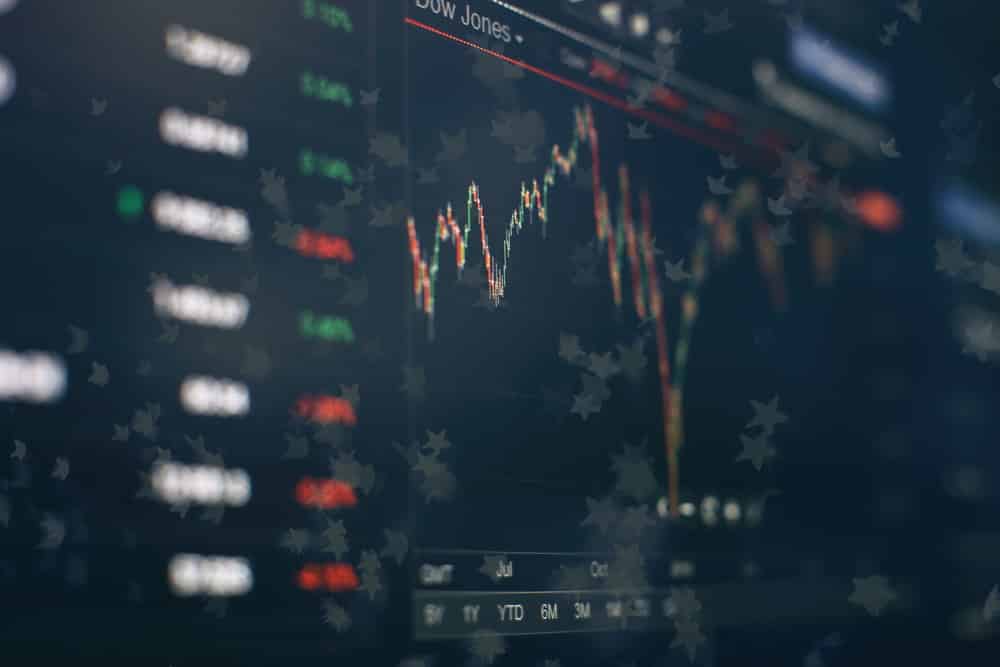Do indicators work in forex, or are they just hogwash? Let’s settle this old debate once and for all in this article.
Over probably the last decade or so, it seems like the forex community has been divided into two camps; purely indicator-based trading and price action-based trading. Just about any online forum has and will continue to show some long-winded and heated discussions over which is superior between the two.
Ultimately, every trader in the world believes to have a method providing them a clear edge and the best chances to pick profitable trading opportunities consistently. Whether consciously or not, we are all using history to try and predict what will happen in the future.
Technically, there are no indicators or methods which some may consider leading rather than lagging. Therefore, every retail trader uses past data for their future decisions. Yet, it’s interesting to observe the naysaying towards indicators, which might make some doubt them.
So, do indicators work in forex? Let’s settle one of the oldest debates in currency trading here.
The things which Forex indicators do
An indicator is nothing more than a graphical tool using pre-programmed mathematical formulas to indicate a factor of market dynamics. At its core, an indicator’s job is to provide some data about the markets, whether trend, momentum, volume, volatility, or liquidity. It makes a trader’s life easier than manually calculating all these aspects, ultimately saving them ample time.
Just as you use a ruler to measure length or use a scale to weigh something, an indicator provides some helpful, distilled information about a particular market in the fraction of a time it would take to do from scratch.
Despite someone’s level of trading skill, no one is ‘at one with the charts.’ While self-directed trading is purely discretionary and does rely heavily on intuition, you still need a sensible reference point before clicking that buy or sell button.
Once we know the main purpose of a specific indicator, we also need to understand the concepts behind them and how they function. Certain factors matter to some traders more than others. It’s not necessary to concern yourself with each component.
For instance, some traders swear by studying only the trend. Hence, they would rely mostly on trend-based tools like Moving Averages. Once we’ve understood the concept behind a particular indicator, some traders run into another challenge, which we’ll cover in the next section.
The things that Forex indicators don’t do
If we appreciate that indicators only provide data, we’ll also understand they don’t and shouldn’t offer any signals, which is perhaps the dilemma confusing many traders. Essentially, an indicator or indicators alone shouldn’t tell you when to buy or sell a market; you need more.
It all boils down to never relying on one confirmation factor. Ultimately, trading is about connecting the dots, interpreting various datasets, and turning all of these into meaningful trade ideas.
Traders shouldn’t use indicators for hunting signals since your setups would hold little weight and are likely to have a low success rate. An indicator simply inputs certain price information using a formula in a more digestible, time-saving manner.
Along with other factors, a trader’s job is to take this information and attempt to fit the piece of the ‘puzzle’ of a particular market. If trading were only about hunting for overbought or oversold conditions on the RSI, it would be a lot simpler, and price would only be moved by one element consistently.
As we already know, the reality is different.
Forex indicators: don’t blindly believe, adopt a holistic analytical approach
A technical analyst seeks various confirmation factors in formulating any trade idea. It starts with what matters most to you in the markets; is it the trend, is it momentum, volatility, or a combination of some or all of these? What about a particular market structure like a specific head and shoulders, pin bar, or other patterns?
Once you’ve established these components, you choose the best indicators providing this information and aligning with this framework. A Moving Average crossover may appear on the charts in a down-trending market, but this shouldn’t mean it’s time to immediately go long if momentum on the RSI is strongly oversold.
A trading strategy is simply a blueprint for stacking numerous confluent elements providing enough of the best possible trading opportunities. You can easily get actual trading signals from a signal provider, though indicators were not meant for this purpose.
So, do indicators work in forex?
Aside from the arguments over whether indicators work or not, several forex factions split themselves in the price action versus indicator battle. For well over a decade, we’ve had a growing movement of purely ‘naked’ traders who find using indicators distasteful.
Part of this disdain comes from how some traders use far too many indicators, leading to analysis paralysis and messy charts. Moreover, there are also debates over the lagging extent of indicators where some perceive price action as more leading and accurate over potential future market movements.
So, who do you trust here? The short answer is both price action and indicators are two distinct methods of visualizing past data. Both are lagging since traders are looking at what’s already happened in the past. We could separate the two in that one (indicators) is more formula-based while the other (price action) is artistic.
Yet, the bottom line is that no avenue is necessarily better than another from a technical perspective since each visualizes X to solve for X. Again, it still boils down to employing a holistic analytical approach.
No smart trader would trade purely by looking at a pin bar with an unusually long wick and nicely-formed body that formed on the 15-minute time frame. Context and confluence are what the most skilled traders search for whenever analyzing the markets before making a trading decision.
